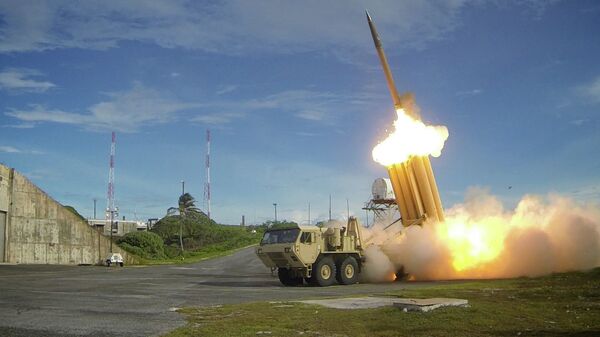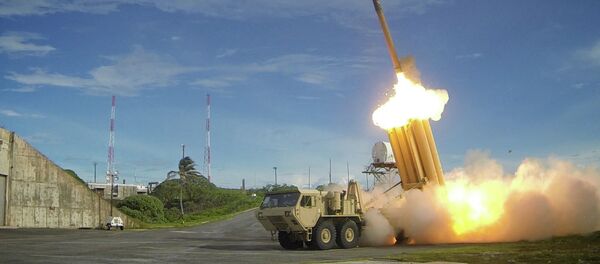“One system will cost around 1.5 trillion won [$1.24 billion at current exchange rates],” the Yonhap news service quoted the ministry’s press office as saying without disclosing the number of THAAD batteries planned.
The ministry noted that one THAAD battery would include one TPY-2 radar, six launchers, 48 interceptor missiles and a fire control system.
It argued that the THAAD deployment would not cost South Korea additional defense spending.
The US-South Korea Status of Forces Agreement requires Seoul to provide land, power and water for the Terminal High Altitude Area Defense (THAAD) unit, leaving Washington to cover deployment and control costs.
Seoul pays $766 million per year to maintain US military presence in the country with 4 percent annual increases. New talks on the costs of US forces’ deployment in South Korea are expected in 2018.
On Monday, the Pentagon said Seoul and Washington would begin talks on the deployment of THAAD anti-ballistic missile system to South Korea in the coming days. The move came after North Korea fired a long-range rocket to allegedly place a satellite into orbit in defiance of UN Security Council resolutions, a month after claiming to successfully test fire a hydrogen bomb.
Russia and China oppose the THAAD deployment as a threat to security in Northeast Asia.



